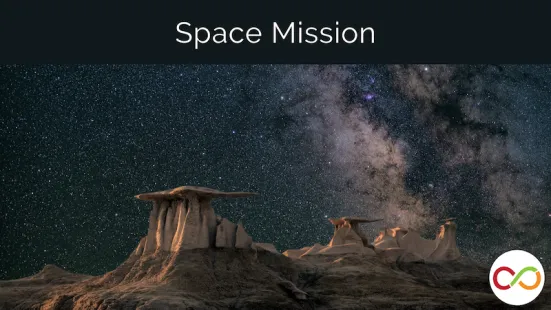Junior/Intermediate Science Inquiry
Experimenting with Gravity
Image
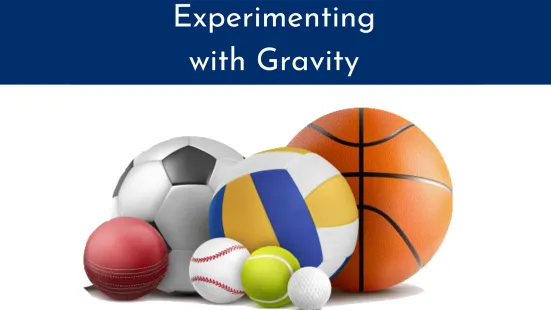
Demonstrate an understanding of forces and how they lead to movement and changes in movement.
Exploring Water: A Grade 4 Science Inquiry
Image
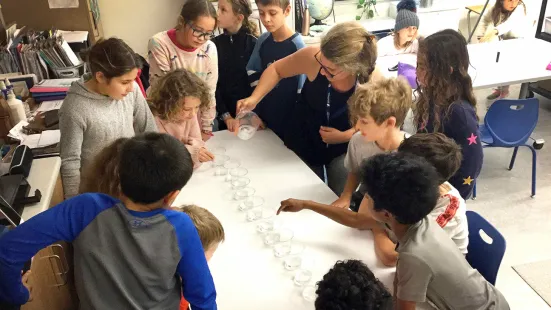
Grade Four Teacher Robin Shaw is leading her students on an inquiry into water and she is sharing the journey with The Robertson Program.
Letters for Environmental Change
Image

Analyze the immediate and long-term effects of energy and resource use on society and the environment and evaluate options for conserving energy and resources.
Moon Inquiry: Part 1 - Introduction to the Moon and Our Solar System
Image
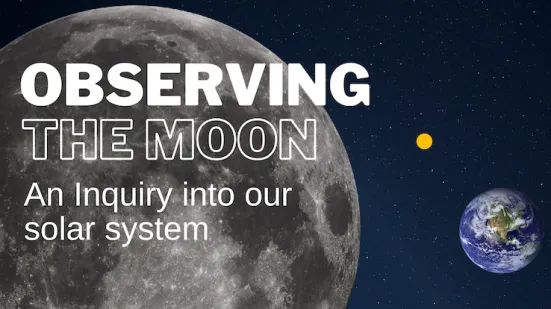
The inquiry begins by giving students the opportunity to share their questions about the Moon and challenging the misconceptions they might hold about the moon. Students are tasked with making daily observations of the Moon, noting how its appearance changes over time. Ideally, this inquiry will begin at or shortly after the new moon phase of the lunar cycle, but such precise timing is not a requirement.
Moon Inquiry: Part 2 - Tracking the Moon and Sun
Image

This lesson details the steps for filling in the observation chart that students will use to observe the changes in the Moon and Sun’s movements over the course of a 30-day lunar cycle. New information will be added to this chart every day, providing students with a rich data set from which to start asking new questions and drawing conclusions.
Moon Inquiry: Part 3 - Analyzing Our Moon Data
Image

When students have approximately seven or eight days’ worth of data (long enough for the moon to have visibly changed in appearance). they share their theories about what causes the Moon to change location and appearance over time. They also review the theories and questions they posed in Part 1 and 2 to determine whether any information they have gathered confirms any of their initial ideas.
Moon Inquiry: Part 4 - The Movement of Objects in the Solar System
Image

Students explore why the Moon appears to move through the sky and change appearance by using a digital simulator of the solar system. They observe how the planets (including Earth) move around the Sun, and how the Moon moves around Earth. They create their own 2-D models of the Sun, Earth, and Moon.
Moon Inquiry: Part 5 – Earth/Moon Orbits and Moon Phases
Image

Students continue to gain knowledge about the scale and vastness of the solar system, They use their 2-D Sun-Earth-Moon models from Part 4 to explore the orbits of the Earth and Moon impact what humans see when they look up at the sky.
Moon Inquiry: Part 6 - Research Project
Image

Students consider the significance of the Moon in different cultures and throughout history. They embark on a final research project, working together to determine the expectations for how they will present and read each other’s work.
Potato Power
Image
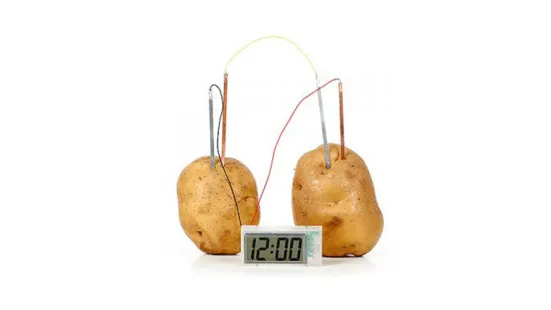
Investigate energy transformation and conservation. Demonstrate an understanding of the various forms and sources of energy and the ways in which energy can be transformed and conserved.
Studying Water - Integrating Inquiry-Based Math, Science, Mapping and Social Justice - Part 1: Water Connections
Image

Using excerpts from books, students predict, collect samples, and compare their findings to make statistical inferences about larger sets of data.
Studying Water - Integrating Inquiry-Based Math, Science, Mapping and Social Justice - Part 2: Math Explorations - Central Tendency & Capacity
Image

Using excerpts from books, students predict, collect samples, and compare their findings to make statistical inferences about larger sets of data.
Studying Water - Integrating Inquiry-Based Math, Science, Mapping and Social Justice - Part 3: Introduction to Drinking Water Advisories
Image

Using excerpts from books, students predict, collect samples, and compare their findings to make statistical inferences about larger sets of data.
Studying Water - Integrating Inquiry-Based Math, Science, Mapping and Social Justice - Part 4: Mapping Drinking Water Advisories
Image

Using excerpts from books, students predict, collect samples, and compare their findings to make statistical inferences about larger sets of data.
